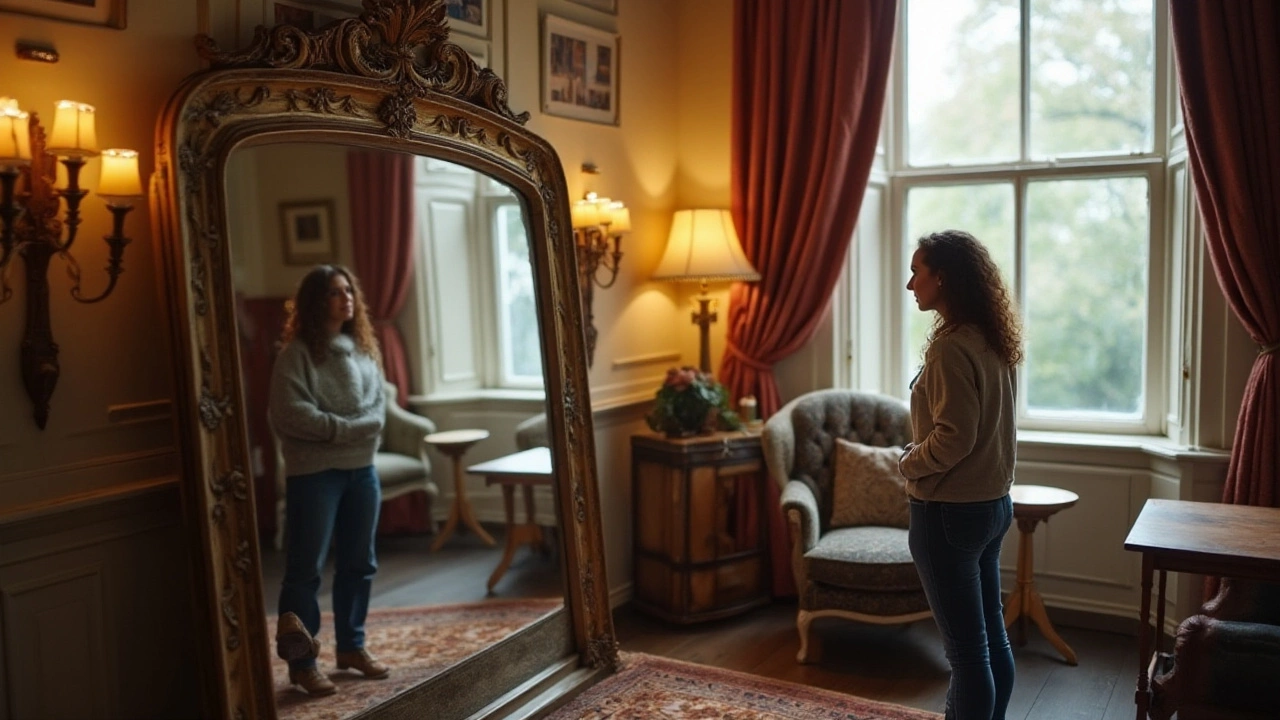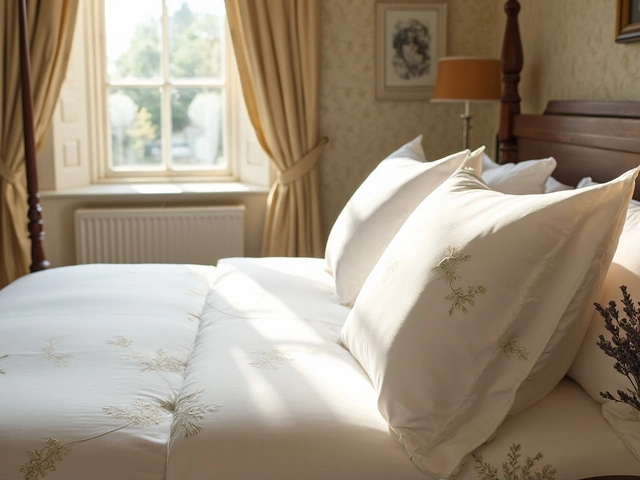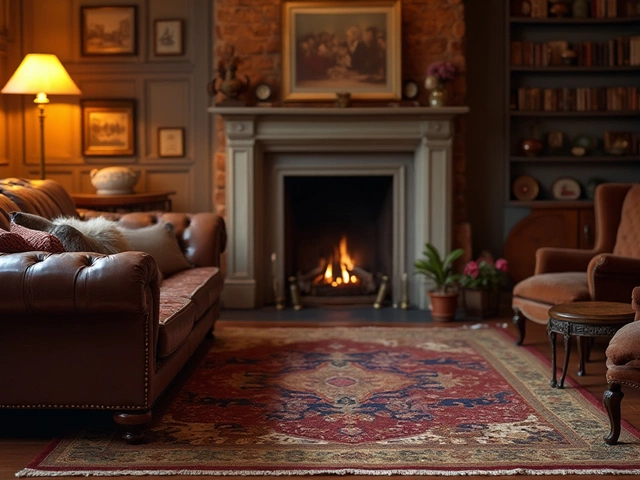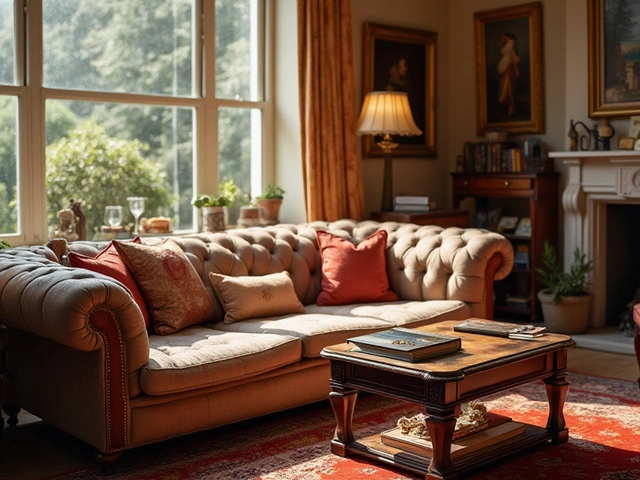Mirrors are more than just a tool to check your appearance; they are an integral part of home decor, adding depth and light to any space. How can you tell if the mirror you’ve picked is a cut above the rest? Whether you're hanging a grand statement piece or a modest dressing mirror, knowing what separates a good mirror from a subpar one can greatly impact your choice.
It's not just the reflection quality that matters, but also the material, thickness, and even the craftsmanship of the frame. In this guide, we'll dive into the nitty-gritty details of what makes a mirror truly valuable, ensuring that you make the best possible choice for your needs.
So, let’s take a closer look at all the aspects that you should consider when determining the quality of a mirror.
- Understanding Mirror Materials
- Evaluating Reflection Clarity
- Checking for Construction Quality
- Matching Mirrors to Purpose
Understanding Mirror Materials
When it comes to buying a mirror, one of the most important factors to consider is the quality of the materials used. Mirrors are usually made up of a sheet of glass with a reflective coating applied to one side. The clarity and durability of a mirror heavily depend on these materials. For instance, the glass should be perfectly flat and free of distortions to ensure an accurate reflection. Imperfections in the glass surface can cause bending or warping in the image you see, which is less than ideal when you’re trying to assess an outfit or a hairstyle.
The reflective coating is often made of aluminum or silver, and this is another key area where quality matters. Silver coatings tend to provide a more accurate and brighter reflection compared to aluminum. However, they are also more costly and can tarnish over time if not properly sealed. Modern high-quality mirrors often use multiple layers of protective coatings to prevent oxidation and tarnishing, extending the life of the mirror.
In examining mirror thickness, you'll find that thicker glass generally means a more durable and stable mirror. A thickness of around 1/4 inch is considered standard for most purposes. Thinner mirrors may be more affordable but are prone to bending or warping. A stable mirror doesn't have ripple effects when you move it, and that thickness helps absorb minor impacts and lessen the risk of cracks or shattering. Interestingly, the backing board that attaches the glass to the wall plays a role in this stability too, highlighting the importance of quality construction.
"The best mirror is often one you don't notice," says Jane Michaels, an interior design expert. "It shouldn't distract with flaws or distortions, allowing you to see yourself clearly and improving the room's aesthetics."
Moreover, understanding glass types is crucial. Tempered glass is used in mirrors designed for bathrooms due to its safety features. If it breaks, it crumbles into small, less dangerous pieces, rather than sharp shards. Laminated glass, on the other hand, has a plastic layer between glass sheets, adding both strength and safety. It's worth the investment if the mirror is intended for a high-traffic area or a child’s room.
Lastly, eco-friendly mirrors are emerging in the market, crafted from materials like recycled glass and with non-toxic coatings. As more people become environmentally conscious, choosing a mirror with a smaller carbon footprint without sacrificing quality is becoming an appealing option. High-quality eco-friendly mirrors not only contribute to decor but also align with sustainable living principles.
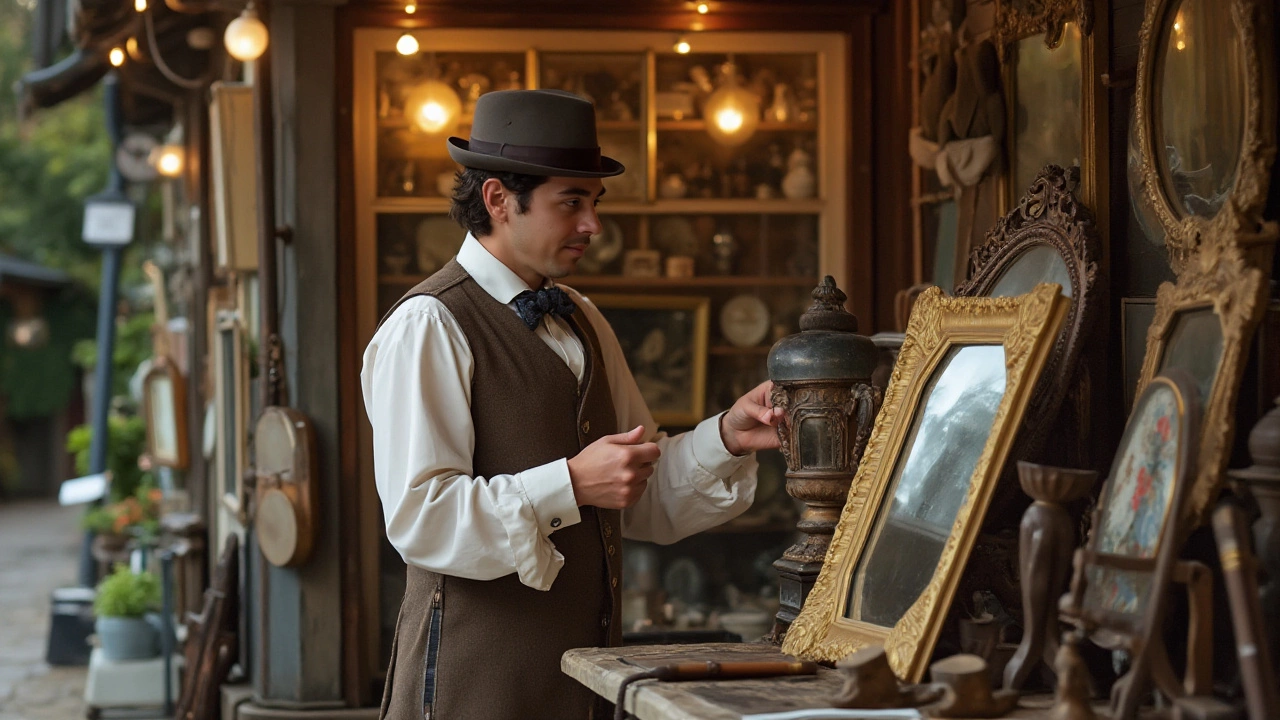
Evaluating Reflection Clarity
When it comes to selecting a mirror, one of the most crucial aspects to consider is the quality of the reflection it provides. A high-quality mirror should offer a clear, undistorted image, making this an essential factor to examine. To start, the glass used in the mirror should be ultra-flat. Any ripples or waves in the glass can lead to distorted reflections, which not only fail in their practical function but also reduce the aesthetic appeal of the piece. You don’t want to find yourself looking at a funhouse-like reflection when trying to prepare for your day.
A clear indication of a good mirror is the silvering process it undergoes. This process involves coating the backside of a mirror with a thin layer of metallic silver or aluminum. Premium mirrors usually contain a higher silver content, which contributes to brighter and more accurate reflections. The backing also includes a layer of copper, which prevents oxidation, maintaining the clarity of the mirror over time. Pay attention to the layers; more layers mean more protection and durability.
Visual clarity isn't solely dependent on the quality of the glass and the silvering process. The thickness of the mirror also plays a significant role. Generally, mirrors that are about a quarter of an inch thick or more tend to provide superior reflections. Thicker glass reduces the chance of distortion because it offers more stability. But while thickness is significant, the type of backing and the wall mountings also impact the stability and thereby the clarity of the reflection.
One cannot overlook the impact of ambient lighting when assessing reflection clarity. If lighting is suboptimal, even the best mirrors may appear lackluster. Mirrors placed opposite windows not only enhance natural light in a room but also amplify the quality of reflection. For instance, a mirror reflecting daylight beautifully renders colors, adding vitality to any space. On the contrary, artificial or subpar lighting can skew color representation, converting what should be vibrant into something dull.
Sometimes, it helps to look for guidance from expert sources. As architect Frank Lloyd Wright once noted, "An idea is salvation by imagination," suggesting that you should embrace a discerning eye and a creative mind when evaluating design elements like mirrors. Though a mirror might seem a simple fixture, the quality of its reflection can elevate or diminish the overall aesthetic and functional quality of a space. It’s these nuances that make the difference when choosing something as essential as a mirror.
| Mirror Type | Reflection Quality |
|---|---|
| Bathroom Mirrors | High - Optimized for natural and artificial light |
| Decorative Mirrors | Medium - Often with ornate framing affecting view |
| Floor Length Mirrors | High - Designed for full-body reflection, stability prioritized |
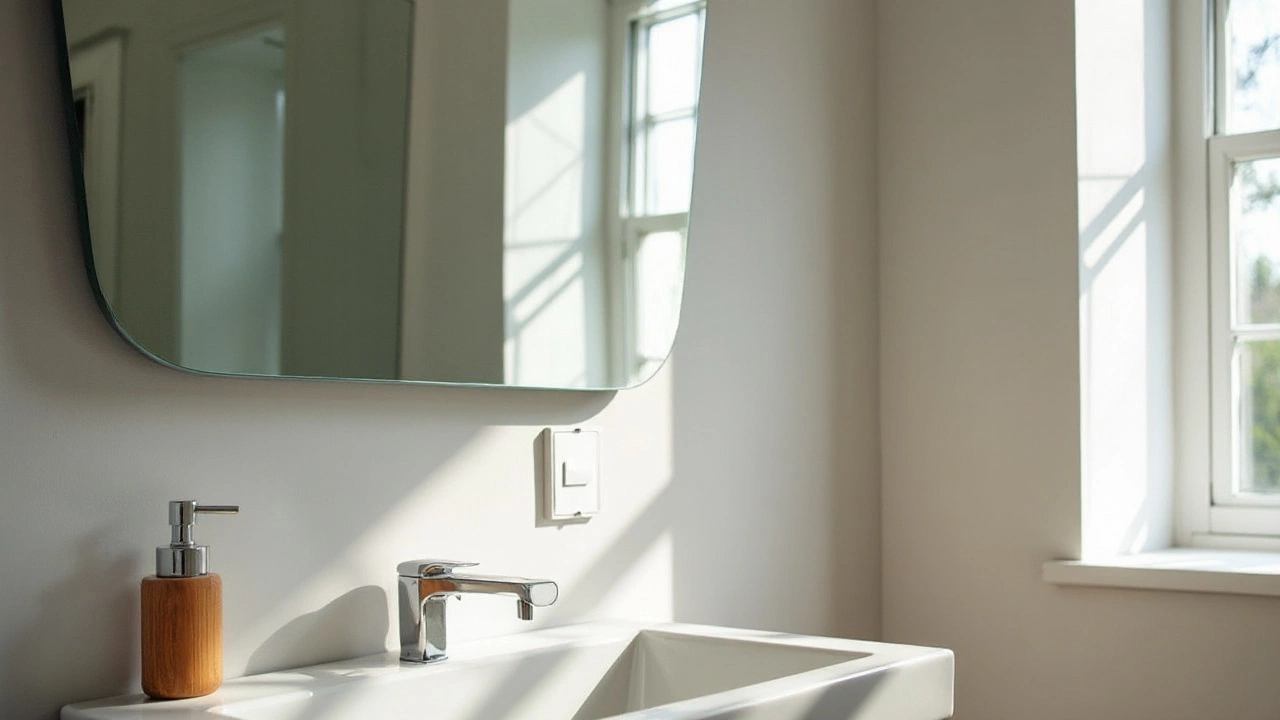
Checking for Construction Quality
When you embark on the journey of choosing the perfect mirror, understanding the construction quality becomes an essential part of the selection process. Though it might not be the first thing that catches your eye, the way a mirror is constructed has significant implications on its durability and the quality of the reflection it offers. One way to start your assessment is by taking a closer look at the frame. A well-constructed frame not only enhances the aesthetic appeal but also stabilizes the mirror, preventing warping and ensuring that it maintains its shape over time. The craftsmanship in the frame directly reflects the investment and care poured into a mirror's construction.
Now, another important component to consider is the backing of the mirror. Beneath that polished surface lies a backing that supports the mirror and protects it from damage. High-quality mirrors typically feature a resilient backing, often made of premium materials like moisture-resistant MDF (medium-density fiberboard) or sturdy plywood. This is particularly crucial if you intend to place the mirror in areas with humidity changes, such as bathrooms. A well-engineered backing not only extends the life of the mirror but also enhances its ability to deliver clear reflections without distorting the image.
Let's not forget to inspect the adhesion or the way the mirror is attached to its backing. A properly adhered mirror showcases precise gluing that avoids visible bubbles or gaps. When done correctly, the adhesion contributes to maintaining a perfect reflection surface, free of inconsistencies and speckles. Poorly adhered mirrors are prone to delamination, leading to a compromised reflection. To gauge robustness, gently tap the glass; a solid sound typically indicates strong adherence.
According to industry experts, "the reflection accuracy of a mirror is intrinsically linked to the precision of its construction."
Mirrors are a reflection of both function and form, and getting that delicate balance right involves tight manufacturing processes.The quote underscores an important truth: construction quality impacts not just how the mirror looks but how it performs.
Moreover, consider the edges of the mirror, which similarly speak to construction quality. Quality mirrors often boast polished or beveled edges that not only contribute visual elegance but also indicate masterful attention to detail. These edges are smoothed out to prevent injury and degradation, addressing safety and longevity. Beveled edges, for instance, exemplify precision cutting and polishing techniques to create an angle that catches light beautifully.
Ultimately, the construction quality of mirrors influences their ease of installation, handling, and most importantly, their life span. The materials, assembly, and finishing touches all interlace to create a product that not only fits your lifestyle but also stands the test of time. Next time you are mirror shopping, spare a few moments to tap into this vital aspect of mirror selection. Your walls and your reflection will thank you.
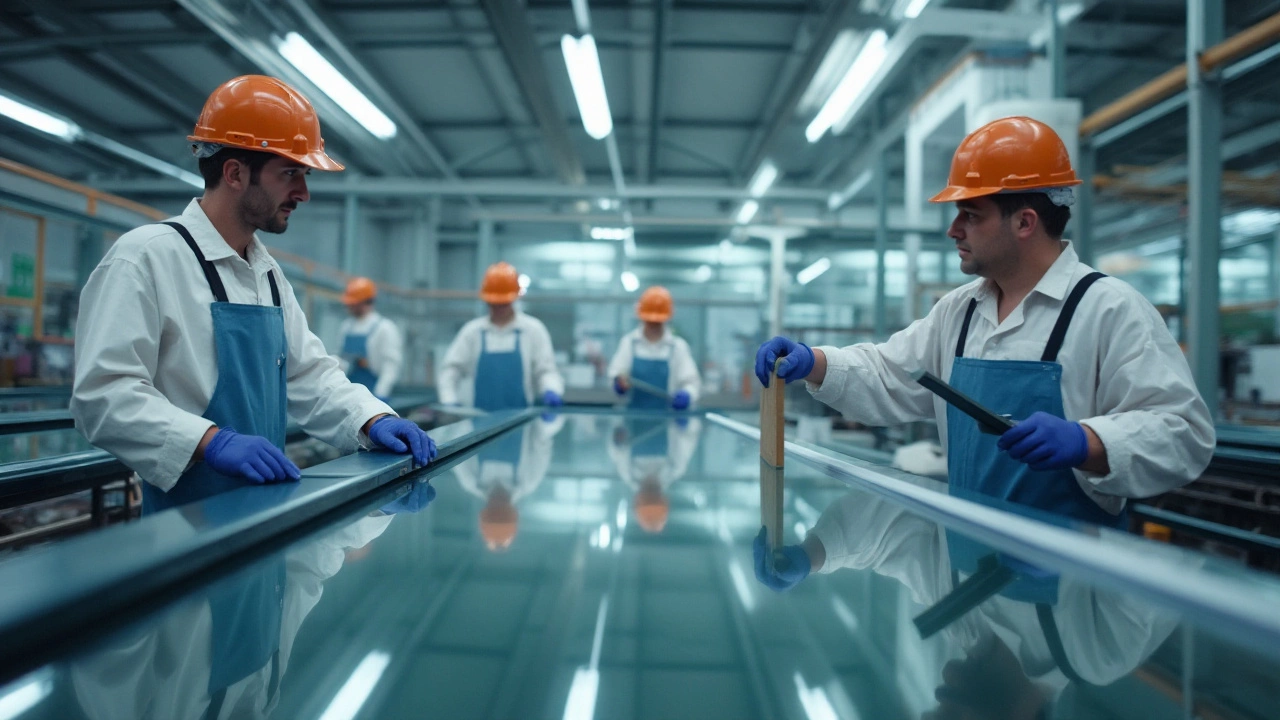
Matching Mirrors to Purpose
Choosing the perfect mirror isn't always as straightforward as it might seem. Different settings require mirrors with distinct features to fully serve their purpose. The shape, size, thickness, and even the style of a mirror can transform how it functions in a particular space. A full-length mirror in a bedroom differs greatly in utility and style from a decorative mirror meant to accentuate a living room. To find the right fit, it's essential to begin by identifying where the mirror will be placed and what you'd like it to do.
For instance, in a bathroom setting, functionality tends to trump decoration. Here, a mirror must often withstand moisture without tarnishing, which might mean looking for options with a shatterproof coating or specific anti-fogging treatments. Meanwhile, the entryway may benefit from a wide and luminous mirror to catch the final appearance check before heading out, plus it can help enhance the light and swell the perceived space in such often tightly constructed areas. It’s fascinating how once simple reflection purposes now require intelligently tailored pieces that can handle different room climates and spotlight varying wall textures.
Beyond functionality, the aesthetic value of a mirror is greatly influenced by its purpose and placement. A vintage-inspired mirror frame, perhaps with ornate carvings and a distressed finish, sits attractively in a hallway or a sitting room, aspiring to be a conversation piece. Alternatively, a sleek, frameless mirror offers clean lines that complement a modern-styled bathroom. Your decision might also be guided by seasonal design trends or more timeless styles that promise longevity. As the famous interior designer Nate Berkus once said,
"Your home should tell the story of who you are, and be a collection of what you love."This clearly extends to how you use mirrors as part of that narrative.
When thinking about special situations or needs, consider elements like accessibility and safety as critical factors when choosing mirrors for children's rooms or elder-friendly homes. Mirrors designed with rounded edges or created using safety glass can prevent accidents without sacrificing style. It's also essential to ensure the mirror is mounted securely, so there’s never a cause for worry. In a retail setting, displaying clothing or accessories at different heights and angles may require adjustable mirrors to reflect true imagery under varied lighting, helping both the product and customer view shine.
To help organize your selection process, here’s a brief checklist:
- Assess the space and lighting where the mirror will hang
- Decide the primary function: decorative, practical, or both
- Consider safety features, especially in living spaces with children or seniors
- Keep in mind the style and frame that aligns with your decor theme
- Evaluate ease of cleaning for mirrors in high-use areas
Ultimately, the best approach is to marry your own style preferences with the functional requirements of the space, leading to a decision that exemplifies both art and practicality. By paying attention to such details, you’ll ensure that your mirror not only delivers reflection but also becomes a beloved feature of your space.

